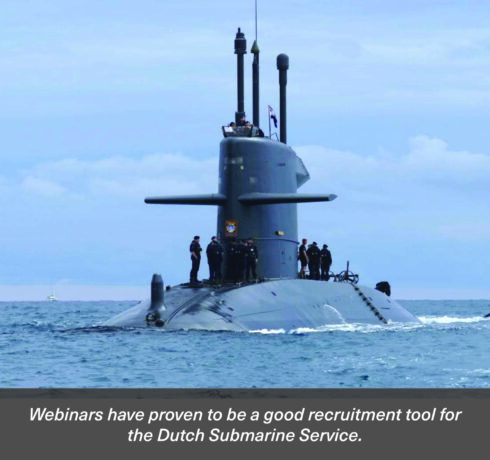What is it like to work on a submarine? The Joint Recruitment & Employability Services (in Dutch: the DCPL, the Dienstencentrum Personeelslogistiek van Defensie) once again held a webinar on 31 August, which offered a fascinating look behind the scenes of the Dutch Submarine Service. Leen Klein, Head Practice Training Submarine Service, says that the monthly webinars are bearing fruit. “This year, we have already been able to recruit and train 11 new operational service sailors, which is as many as in four whole years before that”, says Leen. “Working on a submarine is something intangible to the outside world. But it is incredibly beautiful work. The crew often form a very close-knit team and friendships for life are formed on board.”
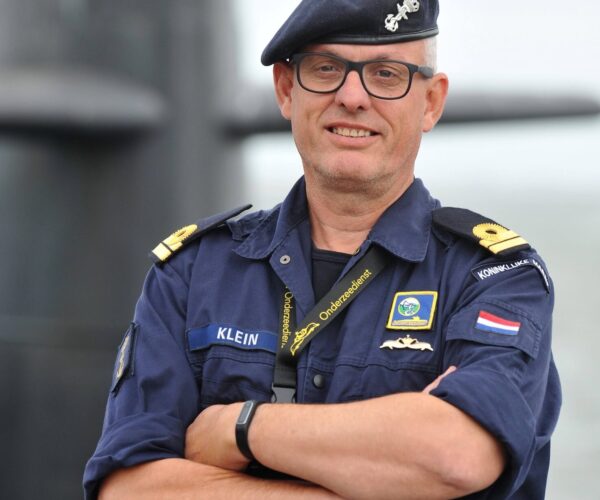 Leen Klein, Head Practice Training Submarine Service.
Leen Klein, Head Practice Training Submarine Service.
Every month, the DCPL holds a webinar to recruit people for the Submarine Service. Like the business world, the Ministry of Defence is also on the lookout for new personnel, partly in view of the upcoming renewal of the fleet. The webinar is utilised to inform participants everything about submarines. “If you think about it, it is not normal to earn a living under water,” says Leen. “But working on a submarine creates very close bonds. You’re assigned to each other in a small space, sometimes for months on end, and if you have a problem with someone, you can’t ignore it; you really have to be a team player.”
“You also see that crew members are very self-reliant. On a submarine, you really learn to work independently and focus on solutions. If there’s a problem on board and you’re a thousand kilometres off the coast of Somalia, there really isn’t a contractor nearby who can quickly come and help. Submarine crews therefore have to be very creative and autonomous. That is why former submariners are so popular in the business world. They are very good at running their own affairs and coming up with solutions on their own.”
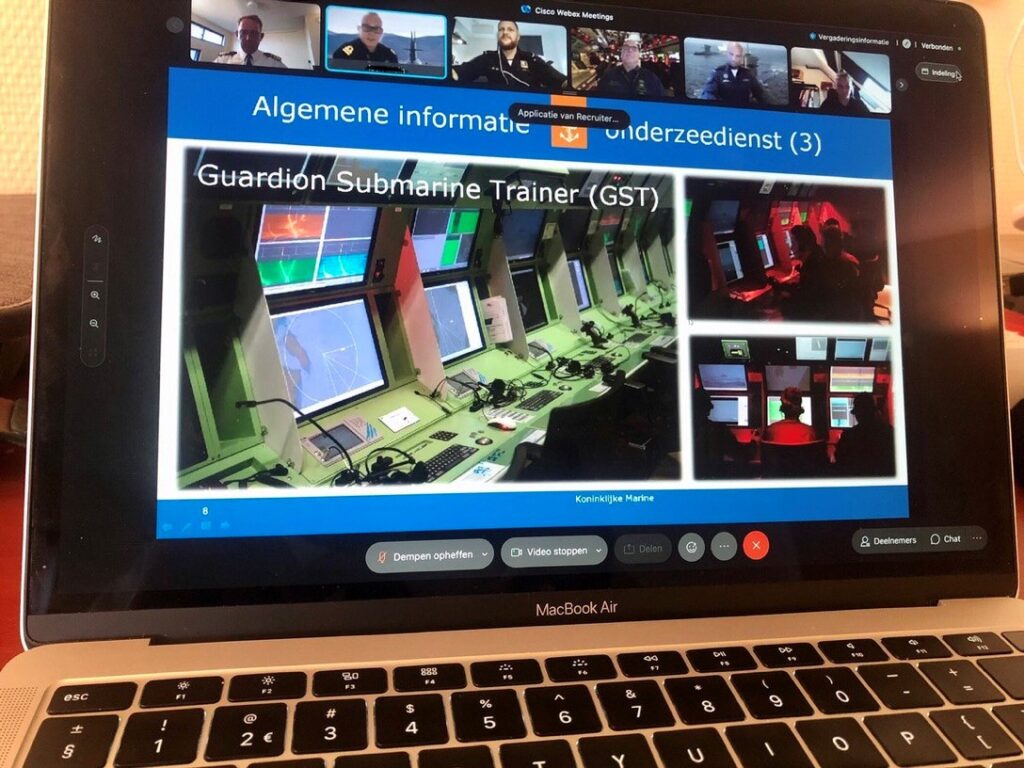 In the monthly webinars, participants receive explanations of the daily duties of the operational, logistical and technical services on a submarine.
In the monthly webinars, participants receive explanations of the daily duties of the operational, logistical and technical services on a submarine.
The DCPL is the inspection and recruitment centre of the Dutch Ministry of Defence. In its monthly webinars, participants receive explanations of the daily duties of the operational, logistical and technical services on a submarine. Crew members talk about their work, whether that is a technical sergeant who has just fixed an on-board malfunction, or a cook who talks about what it is like to be a cook on a submarine. On board, everyone has their own speciality, from managing eavesdropping devices to tinkering with the most diverse high-tech systems.
Of course, during such a webinar a lot of attention is paid to training. Candidate crew members first learn how to work and sail safely while ashore. Then they get enter a simulator to experience, for example, how to deal with technical problems on board and what it is like to actually take part in a military operation. This all takes place in a simulated reality. Only then does everyone go on board, and eventually to sea. After four to five months, the submarine and its crew can be declared ready for operational use.
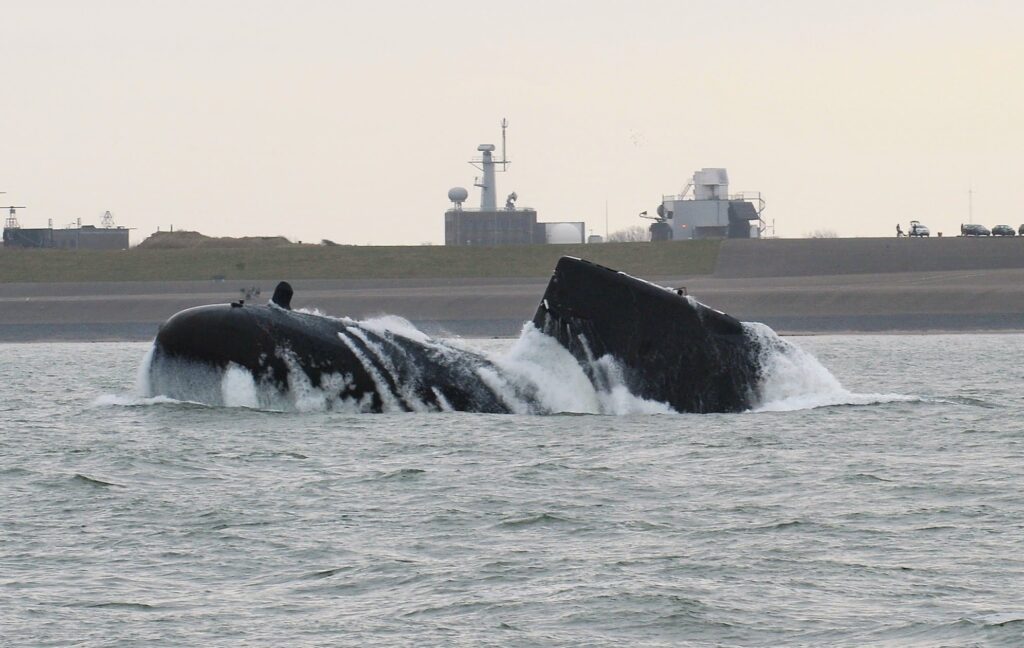 Two of the four Walrus-class submarines are in service: HNLMS Zeeleeuw and HNLMS Dolfijn (see photo).
Two of the four Walrus-class submarines are in service: HNLMS Zeeleeuw and HNLMS Dolfijn (see photo).
This means that the Chief of Defence of the Netherlands Armed Forces General Onno Eichelsheim will then have the vessel at his disposal and can deploy it anywhere in the world. The work of the Submarine Service is varied, explains Leen. “We take part in missions, which are usually secret, but we also participate in international exercises together with allied forces submarines. We train our own people, but also help train foreign officers to become submarine commanders. We do that for the United States, Canada, Australia, Brazil and Germany, among others.”
"Working on a submarine is something intangible to the outside world. But it is incredibly beautiful work." Leen Klein
“That training is provided by NLSMCC (Netherlands Submarine Command Course), a course that is highly regarded internationally. NLSMCC trains four to six foreign commanders every year.” Newcomers to the Submarine Service receive intensive supervision from their inspection until the end of their training. “You learn the profession from people hands-on; it’s a kind of father-son relationship. That works very well, because you are trained by people who have always been on board. It’s a double-edged sword, because the trainers also learn new things during the training programme, which are then put into practice on board. It is a circular movement.”
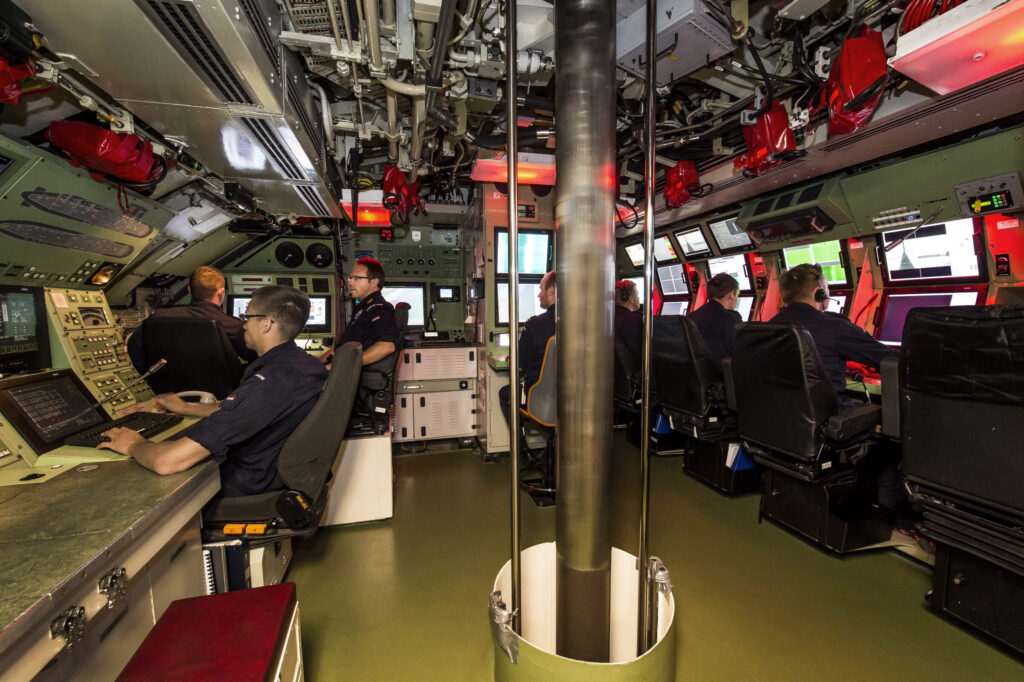 Newcomers to the Submarine Service receive intensive supervision from their inspection until the end of their training.
Newcomers to the Submarine Service receive intensive supervision from their inspection until the end of their training.
At present, the Submarine Service has around 300 personnel. Two of the four Walrus-class submarines (HNLMS Zeeleeuw and HNLMS Dolfijn) are in service, the third (HNLMS Bruinvis) is currently undergoing an update and the fourth (HNLMS Walrus) will receive an update when the third is ready. There is always one boat undergoing maintenance ashore. The webinars are bearing fruit. “We have now held fifteen, each with an average of fifteen participants. That adds up to 225 people. We need people from all levels of education, from vocational levels to university graduates.”
“At the moment we have thirty people in the application process for a job on a submarine. That’s a great result of our active recruitment process.” Working in the Submarine Service has plenty of advantages, Leen knows, who himself started as a sailor and managed to work his way up to Chef d’Équipage of the Submarine Service before becoming Head of the Training Unit. “You have to work hard, but you get paid very well, and of course it’s an enormously fascinating existence; a little elusive to the outside world too… People don’t know exactly what you do, because you’re not allowed to talk about it when you’re on a secret mission. Sometimes the home front doesn’t know where you are for weeks on end.”
“Even through social media, a crew member is not allowed to have contact with home then. But it’s a job in which you gain a lot of experience and it’s also quite adventurous: you get to see the world when you are above water. Whether it is dangerous or not? Of course there are risks, but we are well trained for that. And the command centre is manned 24/7, not only during missions but also during exercises. With the Mark 48 7 AT torpedo, our submarines have the heaviest weapon in the armed forces. I sometimes say: a truck driver has a more dangerous job. And looking at myself: I live in Friesland and work in Den Helder. The most dangerous aspect of my job is the daily car commute across the Afsluitdijk.”
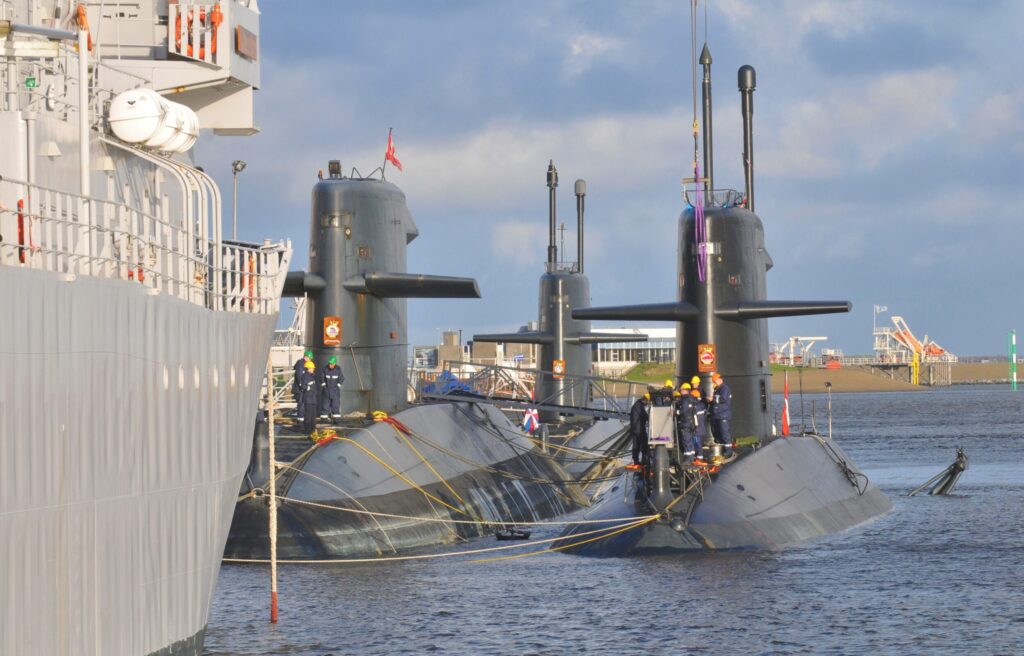 There are currently 30 people participating in the application process for a job on a submarine
There are currently 30 people participating in the application process for a job on a submarine

